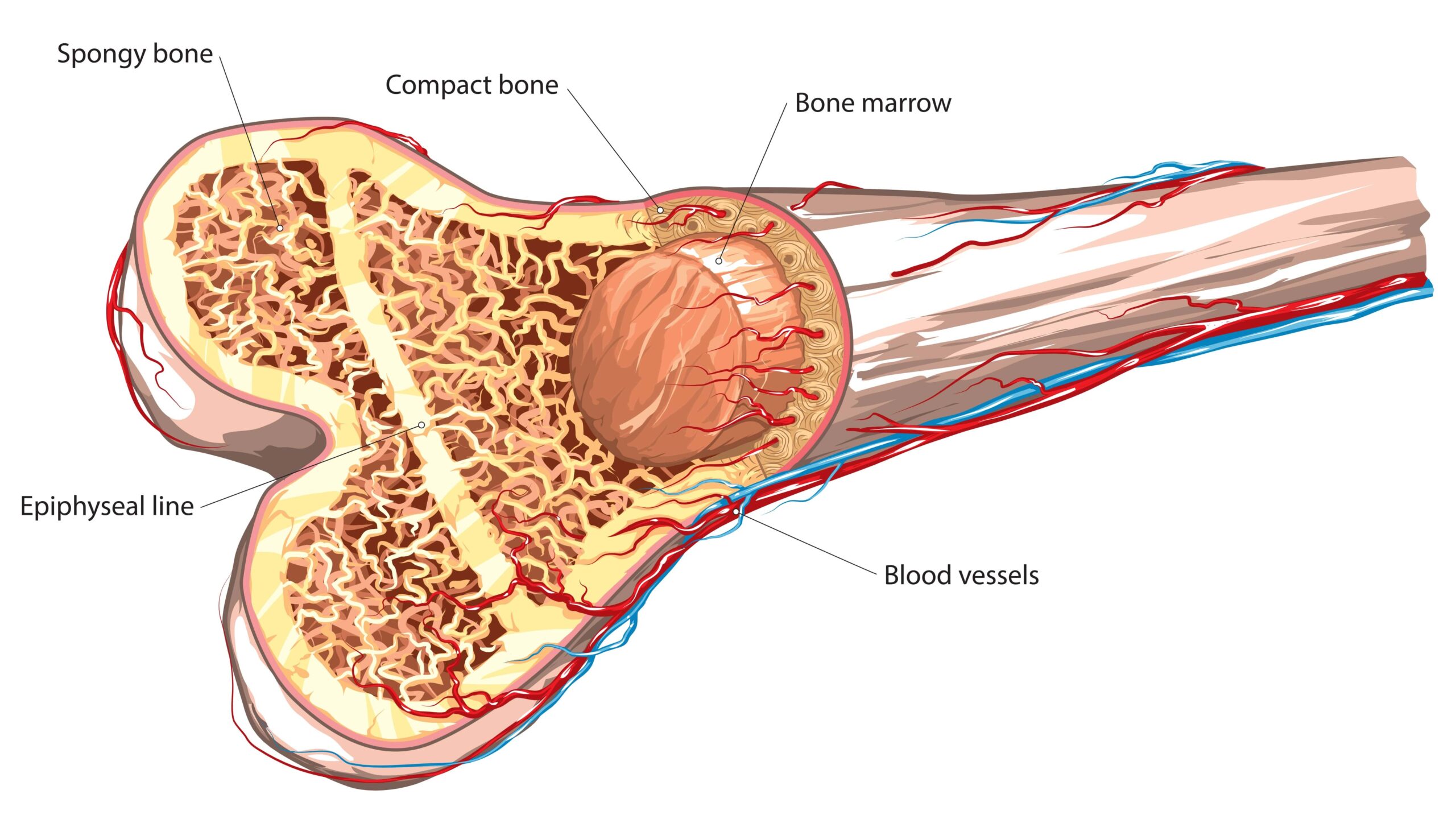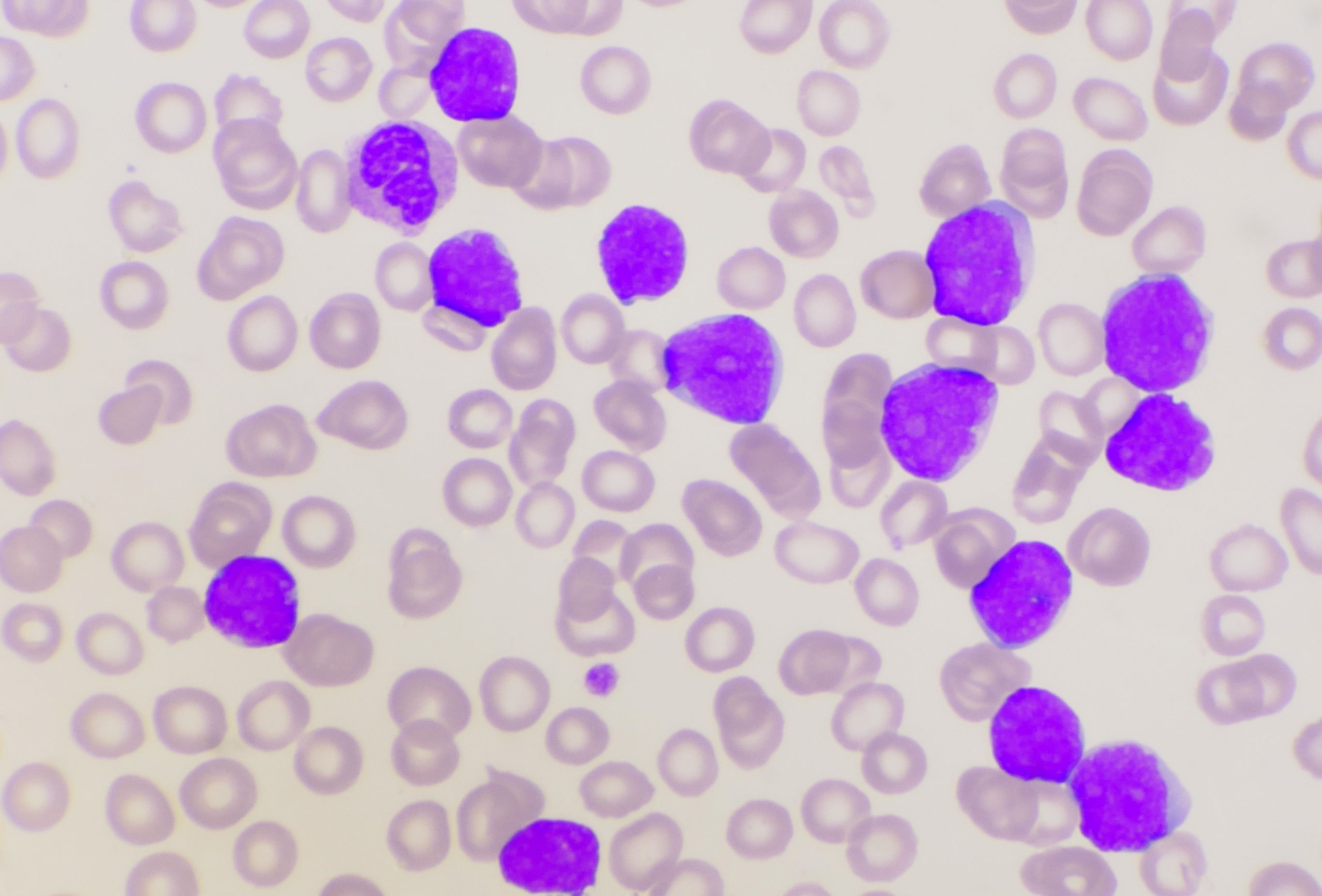
A new retrospective analysis of real-world patients with lower-risk myelodysplastic syndromes (MDS) has assessed the role of clonal dynamics in this disease. It examined the clinical impact from genetic lesion events, namely clonal evolution and expansion of existing clones. The findings were published in HemaSphere.
The authors wrote that they sought to fill a current knowledge gap about lower-risk disease, “since published data on clonal dynamics in MDS is mainly based on high‐risk MDS with leukemic transformation thus not covering the important early phases of MDS.”
The cohort for the analysis included 68 patients with lower-risk MDS and had a median follow-up of 40.5 months. Among them, the median number of timepoints where the patients were evaluated for clonal evolution and expansion of existing clones was 7.5. These genetic events were detected using chromosomal banding analysis, fluorescence in situ hybridization, molecular karyotyping, and sequencing.
During the study, 47 clonal evolution events occurred across 30 patients of the cohort. The authors calculated that these patients had a clonal dynamics rate of one event per four years.
The authors found that patients who had at least one clonal evolution event were more likely to undergo subsequent treatment. They remarked as noteworthy that in the cohort, “clonal evolution did not correlate with inferior outcomes, which could be reasonably explained by clonal dynamics detection triggering the subsequent start of a disease‐modifying therapy.”
Reference
Mazzeo P, Ganster C, Wiedenhöft J, et al. Comprehensive sequential genetic analysis delineating frequency, patterns, and prognostic impact of genomic dynamics in a real-world cohort of patients with lower-risk MDS. Hemasphere. 2024;8(9):e70014. Published 2024 Sep 23. doi:10.1002/hem3.70014







 © 2025 Mashup Media, LLC, a Formedics Property. All Rights Reserved.
© 2025 Mashup Media, LLC, a Formedics Property. All Rights Reserved.